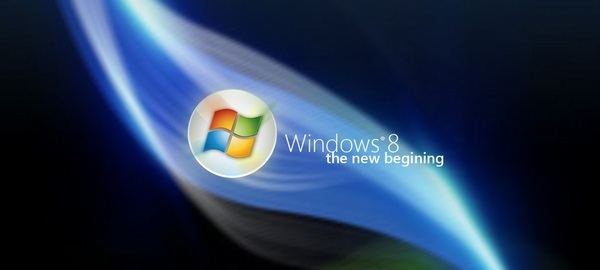Okay everyone, you did see that coming, didn’t you? Well, it appears that DirectX 11.1 will be an API that is exclusive for Windows 8, just like DX10 was to Windows Vista and DX11 was to Windows 7 (well, that was until MS released a Vista version of it). This does not shock us at all, as Microsoft is simply trying to make everyone upgrade to its latest OS, by any means necessary. So say goodbye to it you die-hard Windows 7 users as MS is locking its DirectX API, an API that is essential for PC games.
Daniel Moth, Microsoft’s employee had this to say when a user asked about the possibility of DX11.1 coming to Windows 7:
“DirectX 11.1 is part of Windows 8, just like DirectX 11 was part of Windows 7. DirectX 11 was made available for Vista …. but at this point there is no plan for DirectX 11.1 to be made available on Windows 7.”
This whole thing does ring a bell, right? Remember the first, exclusive DX10 games that were mere ports and forced gamers to use a DX10 card and Windows Vista, even though developers could easily develop those games for DX9? If not, Halo 2 and Shadowrun send you their regards.
Ironically, DX11.1 is focused towards stereoscopic 3D, so there is no reason at all to lock it on Windows 8. Unless of course this is an attempt to warn everyone for the inevitable; DX12 (or DX11.2) being a Windows 8 exclusive API.
Question now is; what game developers do? We know that a lot of them hate Windows 8 and its closed environment. Will developers embrace OpenGL once again, or will they be forced to create subpar PC versions of their games?
Here are the full specs of DX11.1:
Shader tracing and compiler enhancements
Direct3D device sharing
Check support of new Direct3D 11.1 features and formats
Use HLSL minimum precision
Specify user clip planes in HLSL on feature level 9 and higher
Create larger constant buffers than a shader can access
Use logical operations in a render target
Force the sample count to create a rasterizer state
Process video resources with shaders
Extended support for shared Texture2D resources
Change subresources with new copy options
Discard resources and resource views
Support a larger number of UAVs
Bind a subrange of a constant buffer to a shader
Retrieve the subrange of a constant buffer that is bound to a shader
Clear all or part of a resource view
Map SRVs of dynamic buffers with NO_OVERWRITE
Use UAVs at every pipeline stage
Extended support for WARP devices
Use Direct3D in Session 0 processes

John is the founder and Editor in Chief at DSOGaming. He is a PC gaming fan and highly supports the modding and indie communities. Before creating DSOGaming, John worked on numerous gaming websites. While he is a die-hard PC gamer, his gaming roots can be found on consoles. John loved – and still does – the 16-bit consoles, and considers SNES to be one of the best consoles. Still, the PC platform won him over consoles. That was mainly due to 3DFX and its iconic dedicated 3D accelerator graphics card, Voodoo 2. John has also written a higher degree thesis on the “The Evolution of PC graphics cards.”
Contact: Email

